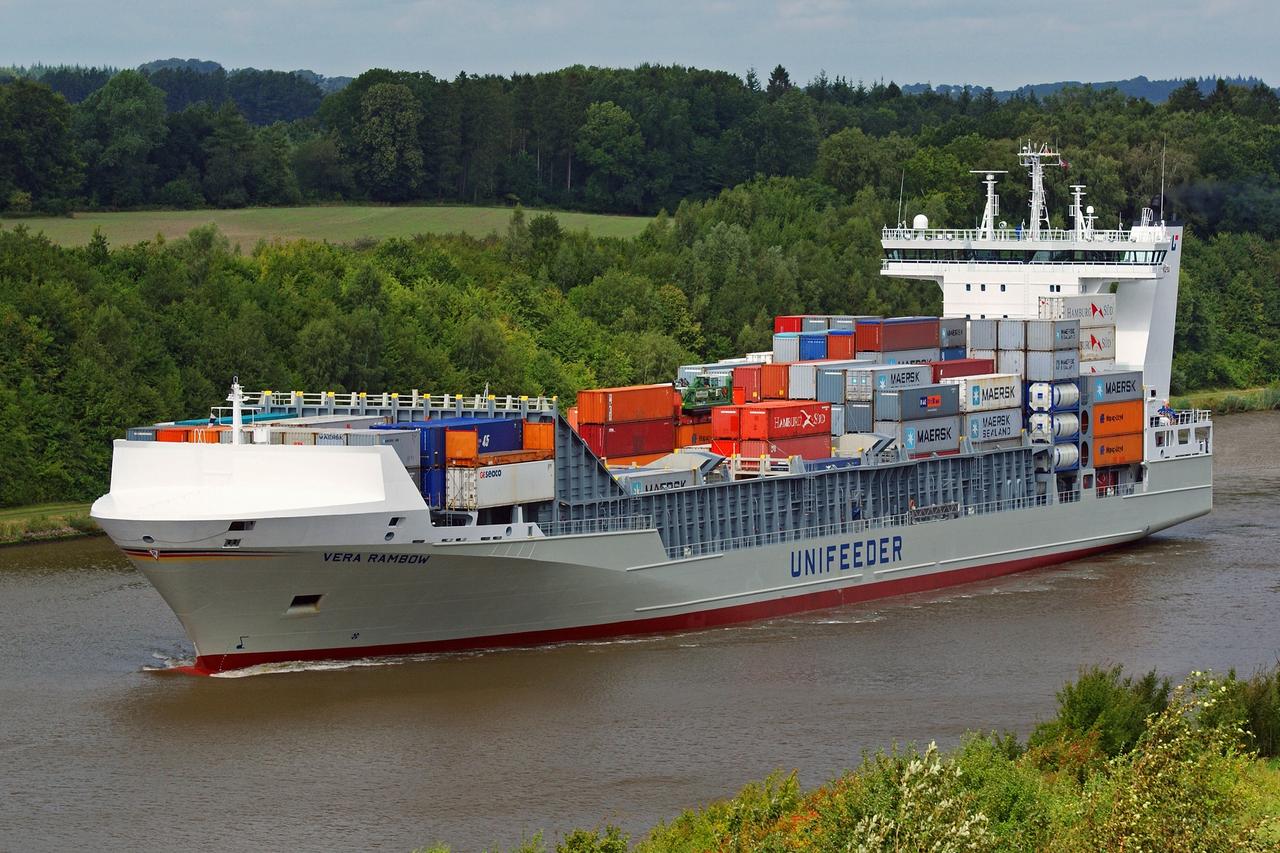Did you know that while biofuels will be increasingly used on today's vessels, the availability of renewable fuels will still take a few years?

The Fuel Transition
The transition from fossil fuels to renewable fuels is inevitable but will take time. It is not yet possible to predict exactly how the transition will proceed. Projections are based on today's basic assumptions about supply and demand.
What is certain is that fossil fuels will be with us for some years, that biofuels will be increasingly used on today's vessels, and that the availability of renewable fuels like e-methanol and e-ammonia will still take some years.
The decade from 2030 to 2040 will be characterized by a broader fuel mix, in which renewable methanol will play an important role in achieving our Net Zero 2050 goal.
The use of ammonia as a fuel requires technical solutions that meet the highest safety requirements, both on the vessel and during bunkering. It is the very high safety requirements that will probably not allow safe deployment until 2035.
THE ORIGIN DERTMINES THE ENVIRONEMTAL IMPACT and THE MIX MAKES THE DIFFERENCE
Alternative fuels can be of fossil, biogenic or synthetic origin and therefore have different effects on the climate. What fossil, biogenic and synthetic mean is shown in the chart above.
Today, we distinguish between four different fuel pathways: the oil-based pathway, the methane pathway, the methanol pathway and the ammonia pathway. Apart from ammonia, of which there is no biogenic variant, there are fossil, biogenic and synthetic (e-) forms for the other fuels.
What distinguishes these forms from each other are the feedstocks used to produce them and the production processes themselves.
Most importantly, the various forms of fuel can be mixed within each pathway on appropriately equipped vessels. Using the methane pathway as an example, this means that in addition to the individual use of fossil methane (LNG), biomethane or synthetic (e-)methane, a mixture of these fuels is also possible and thus really makes sense. The same applies to the other fuel paths.

Let’s look at two example to understand the mixture of fuels in more detail. In practical application, it could therefore go like this:
1. Ship A starts its decarbonization path with fossil LNG and further reduces its GHG emissions by adding bio-methane and/or synthetic (e-)methane until it ends up running exclusively on synthetic and thus CO2-neutral fuel.
2. Ship B starts its decarbonization path with a blend of fossil and bio methanol and further reduces its GHG emissions by adding more bio-methanol and/or e-methanol until it ends up running exclusively on bio or synthetic e-methanol.
Today, the use of biofuels on conventional ships is already ubiquitous. Fuel blends of 76:24 (B24), 70:30 (B30) and even 100% biofuel (B100) are increasingly used internationally. The decarbonization value of biofuels is extremely high due to their ease of application on the high number of conventionally operated ships.
Stay updated
Sign up to receive news and updates
